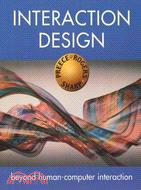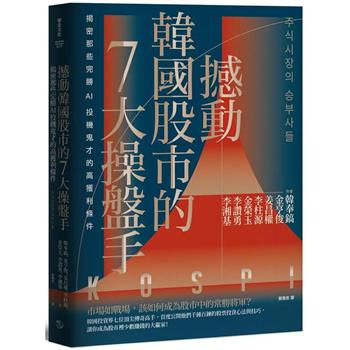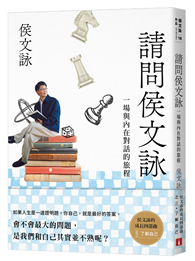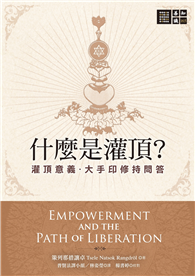| FindBook |
有 1 項符合
INTERACTION DESIGN - BEYOND HUMAN-COMPUTER INTERACTION的圖書 |
 |
INTERACTION DESIGN - BEYOND HUMAN-COMPUTER INTERACTION 作者:PREECE 出版社:JOHN WILEY & SONS,LTD 出版日期:2002-01-21 規格: / 544頁 |
| 圖書館借閱 |
| 國家圖書館 | 全國圖書書目資訊網 | 國立公共資訊圖書館 | 電子書服務平台 | MetaCat 跨館整合查詢 |
| 臺北市立圖書館 | 新北市立圖書館 | 基隆市公共圖書館 | 桃園市立圖書館 | 新竹縣公共圖書館 |
| 苗栗縣立圖書館 | 臺中市立圖書館 | 彰化縣公共圖書館 | 南投縣文化局 | 雲林縣公共圖書館 |
| 嘉義縣圖書館 | 臺南市立圖書館 | 高雄市立圖書館 | 屏東縣公共圖書館 | 宜蘭縣公共圖書館 |
| 花蓮縣文化局 | 臺東縣文化處 |
|
|
- 圖書簡介
The book covers psychological and social aspects of user/s, interaction styles, user requirements, design approaches, usability and evaluation, traditional and future interface paradigms and the role of theory in informing design. The topics will be grounded in the design process and the aim is to present relevant issues in an integrated and coherent way, rather than assembling a collection of chapters on individual HCI topics. This book is intended for undergraduate students in computing, graphic design, web design and multimedia.
- 作者簡介
The authors are all senior academics with a background in teaching, researching, and consulting in the UK, USA, Canada, Australia, and Europe. Having worked together on two other successful text books, they bring considerable experience in curriculum development, using a variety of made for distance learning as well as face-to-face teaching. They have considerable knowledge of creating learning texts and websites that motivate and support learning for a range of students.
All three authors are specialists in interaction design and human-computer interaction(HCI). In addition they bring skills from other disciplines. Yvonne Rogers is a cognitive scientist, Helen Sharp is a software engineer, and Jenny Preece works in information systems. Their complementary knowledge and skills enable them to cover the breadth of concepts in interaction design and HCI to produce an interdisciplinary text and website.. They have collaborated closely, supporting and commenting upon each other's work to produce a high degree of integration of ideas with one voice. They have shared everything from initial concepts, through writing, design and production.
- 目次
What is Interaction Design?
Understanding and Conceptualizing Interaction.
Understanding Users.
Designing for Collaboration and Communication.
Understanding How Interfaces Affect Users.
The Process of Interaction Design.
Identifying Needs and Establishing Requirements.
Design, Prototyping and Construction.
User-Centered Approaches to Interaction Design.
Introducing Evaluation.
An Evaluation Framework.
Observing Users.
Asking Users and Experts.
Testing and Modeling Users.
Design and Evaluation in the Real World: Communicators and Advisory Systems.
Reflections from the Authors.
References.
Credits.
Index.
|










